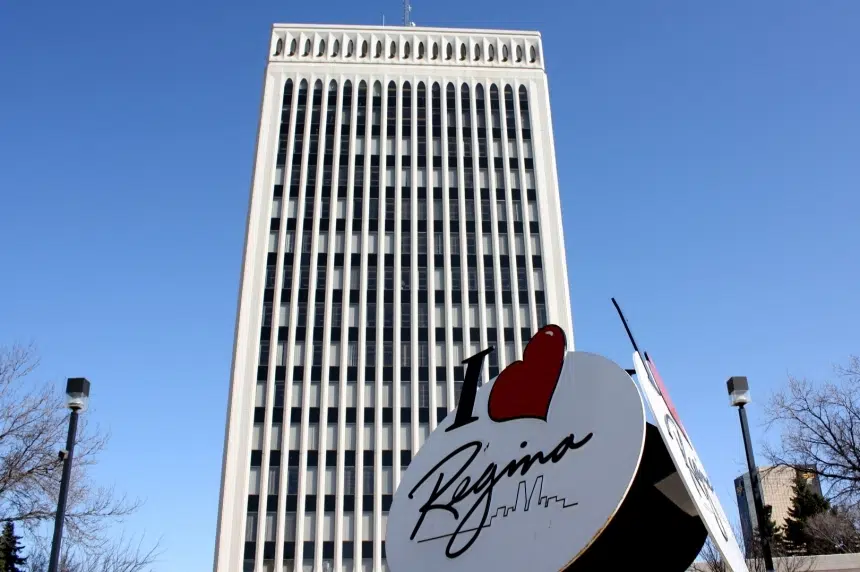When it comes to cities across Canada, how does Regina stack up? It appears the Queen City is about average.
Last year, the City of Regina became a member of the Municipal Benchmarking Network (MBN) Canada, an organization that looks at services provided by cities and rural municipalities and ranks them against each other.
Ian Rea, Chief Financial Officer with the city, said overall the city is pleased with their results.
“I would say in most cases we’re neither the highest or the lowest, but we are in a reasonable range and it will certainly help us on how we can improve in the future,” he said.
Rea explained the city decided to participate because it measures the effectiveness and efficiency of city services and the results will help the city in planning and budgeting.
Using numbers from 2015, the MBN report looked at building permits and inspections, clerks, facilities, fleet, human resources, information technology, investment management, legal, parking, parks, payroll, police services, taxation, transit and waste management.
As it’s their first year, the City of Regina only reported on 15 services and will report on all 28 they provide by 2018.
The area where Regina did the worst was waste management.
The city had the highest amount of residential material collected per household – 1.04 tonnes, 0.05 tonnes more than the next nearest city.
Regina also had the highest residential solid waste disposed per household, the lowest per cent of residential solid waste diverted from the landfill – single and multi-residential and least amount of residential solid waste diverted per household.
Rea said waste management is an area where they already wanted to put resources.
“I think in some cases it’s to be expected because we’re early in our program, but it does give us the data that we need to ensure that we focus our resources on improving that record.”
Rea pointed to the city’s taxation as a highlight. Regina has the lowest percentage of taxes in arrears (as a per cent of current year levy) and the lowest cost to maintain accounts.
The city also has the lowest number of paid parking spaces managed per 100,000 people, which means the fewest number of parking spaces held by the city that people have to pay to use. Rea pointed out that there are a lot of spaces downtown that are free.
Regina has the most hectares of maintained parkland in a municipality per 100,000 people, a number that doesn’t include Wascana Park because it’s privately maintained. The city was the highest by almost 400 hectares.
In this report, Regina was compared with other cities like Montreal, Toronto and Winnipeg, but Rea said though cities might have different circumstances, MBN’s approach to the numbers is consistent.
Membership in MBN Canada cost Regina $18,000.
POLICING
Regina’s police service was also included in the comparison with other cities.
Regina had the highest reported number of total, non-traffic, criminal code incidents per 100,000 people, at 8,449, which is 2,125 higher than the next highest city.
Regina was among the highest in the violence crime severity index and was the highest, by far, in the total crime severity index.
There were just above the median number of police officers in Regina per 100,000 people, but officers in Regina dealt with the highest number of criminal code incidents each.
On the positive side, the cost of Regina’s police services per capita is just above the median and their clearance rate for violent crime was just below the median at 70 per cent.
“None of this is surprising to us. It’s information that’s a year old already but nonetheless, it is a nice opportunity for us to share it with the public and be more transparent,” said Amy Balfour, manager of strategic services for the Regina Police Service.
When asked about staffing, Balfour said these numbers don’t mean the city needs more officers.
“I would say that it indicates that our officers are very busy with the time that they have. I would say that the fact that we’re able to keep our costs at an average level…is certainly encouraging, that we’re managing our resources well.”
The numbers in the report are from 2015 and Balfour said there are some things that are trending up for this year. She said what they got from this report is that these trends aren’t a blip.
“This is a change that is occurring in our community and has persisted for about the last 18 months, so none of this is surprising to us, it is concerning, but we’re certainly doing everything we can stay on top of it.”







